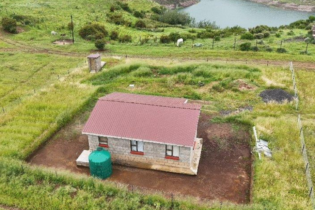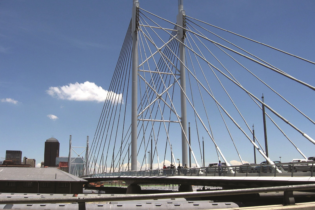South Africa has been making great strides in the construction of green buildings, with the flagship Vodafone Innovation Centre in Gauteng being the first to get a six star rating by the Green Building Council.
This carbon- neutral building blends in beautifully with the landscape, generates its own power with solar panels, harvests and stores rain water, and recycles its waste water. Not surprisingly, it won the recent Mail & Guardian Greening the Future award. Now South Africa is looking to extend this greening trend to infrastructure such as roads, dams, telecommunications and municipal services. Last week, the Development Bank of Southern Africa and Consulting Engineers South Africa hosted an exploratory workshop with government and industry players involved in infrastructure development. The idea of a Green Infrastructure Council was mooted, and after some lively debate on its role and structure, was unanimously endorsed. An interim body has been set up to take forward the initiative. This move is very timely, given the huge emphasis that has been placed by government on infrastructure spending. According to Finance Minister Pravin Gordhan, South Africa will spend more than R800 billion on new power stations, roads, dams, water supply, rail and port facilities over the next few years.This massive level of investment will have a profound impact on the environment – the built environment is responsible for 40% of our solid waste generation, 12% of our fresh water consumption and 40% of end-use energy consumption. If we can find ways of building more sustainably, and lowering the consumption of natural resources and energy, we will leave a much less costly heritage to the next generation.
Other countries have been leading the way with greening infrastructure. The London Olympics has broken records with public transport, green cars, compostable food packaging and reusable facilities. The Australian Green Infrastructure Council has recently released its Infrastructure Sustainability Rating Tool, which is being used to assess and grade infrastructure projects such as roads, ports, railways, communications and electricity infrastructure. Locally we have the successful experience of the Green Building Council. Launched in 2007, it has focused on market-based solutions, and has built up its membership to more than 1 000 companies. This experience combined with our country’s engineering know-how puts us in a good position to take greening infrastructure to a new level. Anyone interested in finding out more about the initiative can contact CESA on general@cesa.co.zaSource: Times Live







